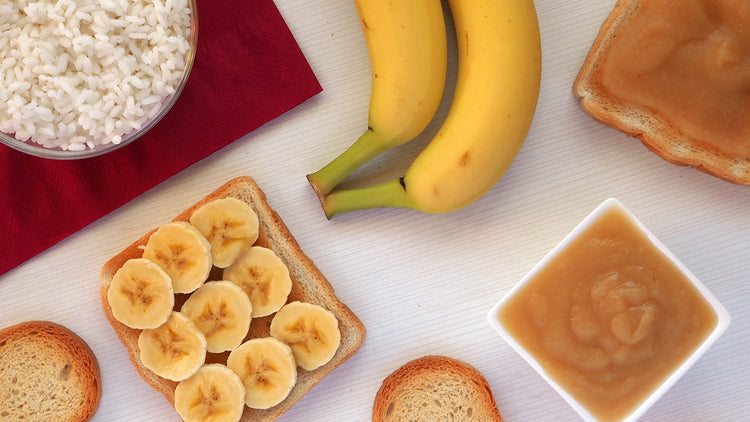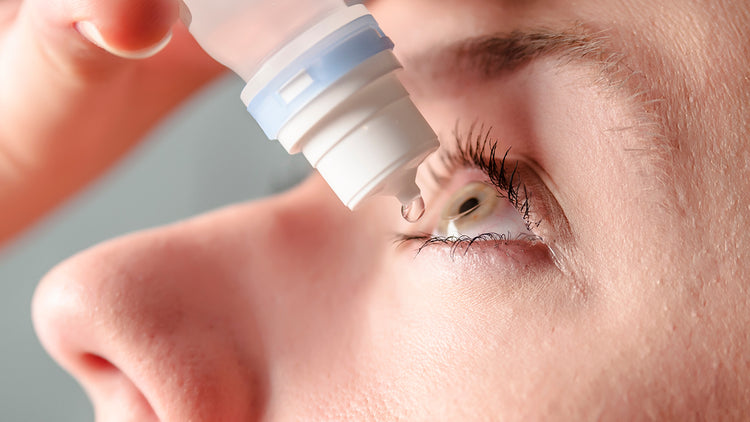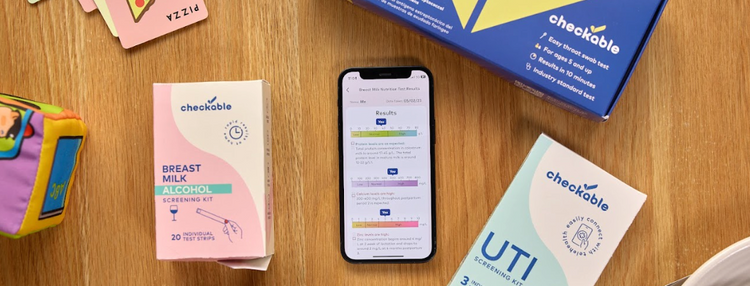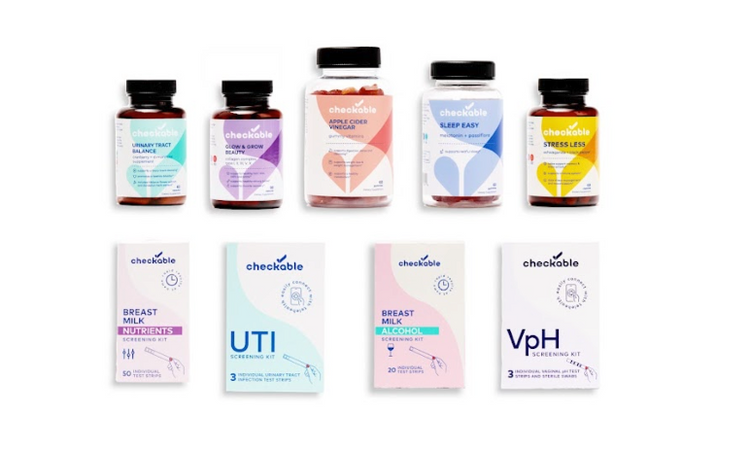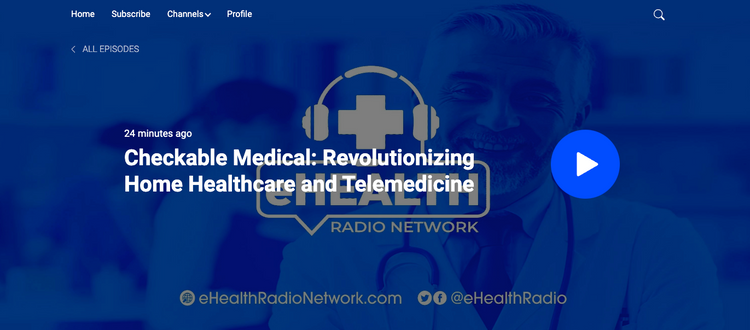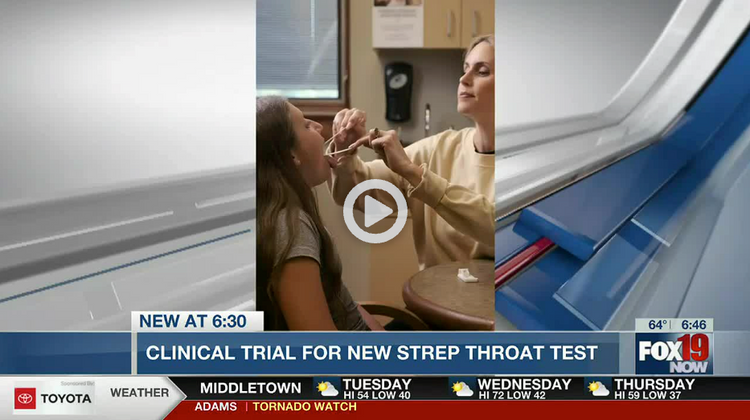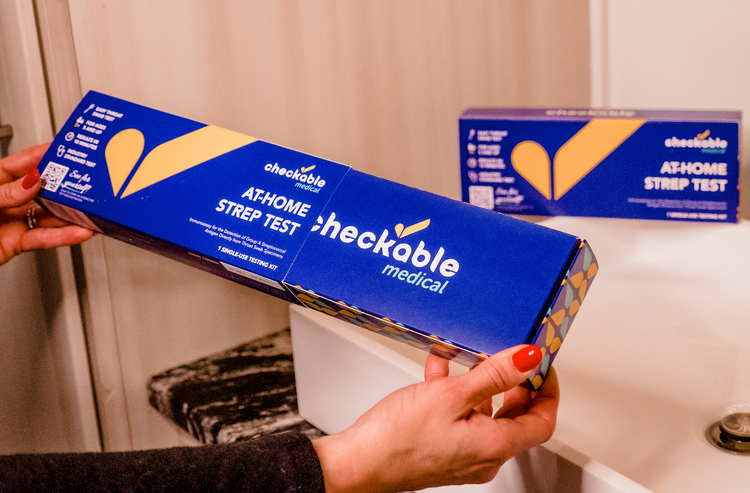
Sore throat? Swollen glands? Painful to swallow and a fever? You may have strep throat. You also may have mono. Yup, that's right. Mononucleosis and strep throat both cause sore throats and share many similar symptoms. Because it's typically referred to as the "kissing disease," mono is often dismissed as a cause of a sore throat. However, although they share a lot of similarities, mono, and strep throat have a few distinct differences that are key in getting the proper treatment. Let us break it down for you.
Fact: Both strep throat and mononucleosis are highly contagious and can be transmitted by droplets of saliva, kissing or not.
Fact: Mono is a viral infection commonly caused by the Epstein-Barr virus (EBV). Antibiotics will not cure or help lessen symptoms. Strep throat is bacterial, and antibiotics are generally prescribed for 7- 10 days.
What exactly is mono?
Infectious mononucleosis, mono for short, is a type of virus (like the common cold) that is usually caused by the Epstein-Barr virus, a member of the herpes virus family. Most people are infected with EBV at some point, often by middle adulthood. In fact, as many as 90 to 95% of adults are infected with the virus that causes mono. Once infected, EBV stays in the body for life. It's mostly dormant in the body, but sometimes the virus reactivates and is shed in the saliva and other bodily fluids. When this happens, it's possible to pass it on to others who haven't already been exposed, even if you don't have symptoms. Once you've had mono, you are unlikely to get it again. It's important to note that not everyone who gets EBV will develop mono, but statistics show that at least 25% of young people who contract the Epstein-Barr virus will suffer from mono.
Mono is most common in young adults (ages 15-30), but it can also occur in younger children and older adults if exposed. In children, symptoms are normally very mild but can worsen in older adults. The virus is easily spread through bodily fluids, commonly saliva, hence, how it got to be called the kissing disease. The virus can survive on an object if the object remains moist. Once you have the virus, you can spread it for weeks before symptoms manifest. Most infectious mononucleosis infections are asymptomatic, although about a quarter of those infected will suffer from sore throat symptoms and lymphadenopathy, an enlargement of lymph nodes. Although rare, mono can also result from rubella, hepatitis, adenovirus, cytomegalovirus, toxoplasmosis, or HIV.
Common Symptoms of Mono
Symptoms of mono vary, but sore throat, fatigue, and swollen lymph nodes are most common. They can be mild or severe and tend to come on gradually. Symptoms of mono usually begin four to six weeks after infection with EBV and may last for four weeks or longer. As you can see, the pictures here also show white blotches on the tonsils and throat, similar to those with strep throat.
- Sore throat
- Extreme fatigue
- Fever
- Swollen lymph nodes
- Head and body aches
- Loss of appetite
- Swollen spleen and/or liver
- Rash
- Petechiae (pinpoint red or purple spots) on the roof of mouth
- Red and swollen tonsils (sometimes with white patches or streaks of pus)
What exactly is strep throat?
Strep throat is a bacterial infection on the back of the throat and/or tonsils that comes from a group of bacteria called Group A Streptococci (GAS) bacterium, AKA, Strep. According to Mayo Clinic, strep throat is highly contagious and is most common in school-age kids and teens between 5 to 15 years old, although anyone can get it. Strep cases tend to rise during the school year (typically in winter/early spring) when kids are indoors more and in close quarters. Strep throat is also highly contagious and easily spread through drops of saliva. It can happen from a sneeze, a cough, or even doorknobs or on toys. The number one symptom of strep throat is a sore throat and swollen glands, so distinguishing between the two infections is crucial. While infectious mononucleosis is primarily a self-limiting disease, strep throat is a bacterial infection that requires oral antibiotics. Strep throat can lead to serious complications like scarlet fever, sepsis, kidney damage, and rheumatic fever if left untreated.
Common Symptoms of Strep Throat
Without getting too graphic, here are some pics of what strep could look like. As you can see, the throat and tonsils (if you have them) are red, swollen, and inflamed. You will also see white or yellowish patches, which are actually pus. FYI: white patches are also a symptom of mono. Sigh. You also may see red dots on the tongue or have a rash on parts of the body (scarlet fever). Other symptoms include fever, difficulty swallowing, body aches, swollen lymph nodes, and fatigue. If you see or feel any of the above symptoms, that could be a sign of strep. You should then take a strep throat test to see if antibiotics are needed. If you also have a cough, runny nose, or watery eyes, it is most likely a common cold, and all you can do is rest. Symptoms include:
- Scratchy or painful throat
- Pain/difficulty while swallowing
- Fever
- Tonsils that are red, swollen, and covered with white dots (pus)
- Rash (Scarlet fever)
- Swollen glands (lymph nodes)
- Headache
- Tired/fatigue
- Loss of appetite/nausea
- Strawberry-looking tongue
How Are Mono and Strep Throat Diagnosed?
A sore throat is a symptom of many illnesses, including strep throat and mono. The only way to truly tell the difference between strep throat and mono is by either taking a rapid strep test (at-home or at the doctor) or a blood test for mono. Both illnesses are highly contagious but require different treatments, so finding out whether it is one or the other is essential.
Mono Treatments Vs. Strep Throat Treatments
If you are diagnosed with mono, don't fret that there is no magical pill to take to make it go away. Although there is no vaccine or cure for mono, symptoms will subside with a little (or a lot) of TLC. Rest, hydration, pain meds, and time should do the trick. Mono will go away on its own, but it can take up to about four weeks to completely go away. Just be patient, try to sleep it off, and catch up on your shows. If you have mono, doctors recommend not taking antibiotics, as they will not be effective and can cause resistance or complications.
Antibiotics are usually prescribed for about 7-10 days if you are diagnosed with strep throat. It is important to finish the prescribed amount to kill the infection properly. If left untreated, complications can arise, or the infection can spread to more severe illnesses. Generally, pain and fever should start to go away within 24-48 hours of starting antibiotics. You are also not contagious once you have been on antibiotics for 24 hours and can return to school, work, and life if you are feeling up to it.
Both conditions are usually not serious, but both can have potentially serious complications, some of which are long-term. Knowing what you're dealing with is the first step in getting the right treatment so your little one can feel better. If you suspect you or your little ones have either mono or strep throat, a simple at-home rapid strep test can help rule out the cause.
Pending FDA clearance, Checkable Medical's at-home strep test will come with everything needed to perform an at-home diagnosis to see if strep is positive or negative. Our platform includes the test kit and a digital application that trains home users on how to take a sample and interpret the results.
Again, we know that mono and strep throat are both a real drag. They are highly contagious, so avoiding being around other people while you're sick is best. Along with the right meds, home remedies, and lots of rest, your sore throat should clear up in a few days (mono could be longer.) Check with your doctor or seek medical advice if your symptoms worsen or persist for an extended period of time.
Life is too short to sit in a doctor’s office
Sign up for our weekly newsletter and get valuable healthcare tips and tricks in your inbox!
Sign up now and unsubscribe anytime.
- Choosing a selection results in a full page refresh.
- Press the space key then arrow keys to make a selection.
















